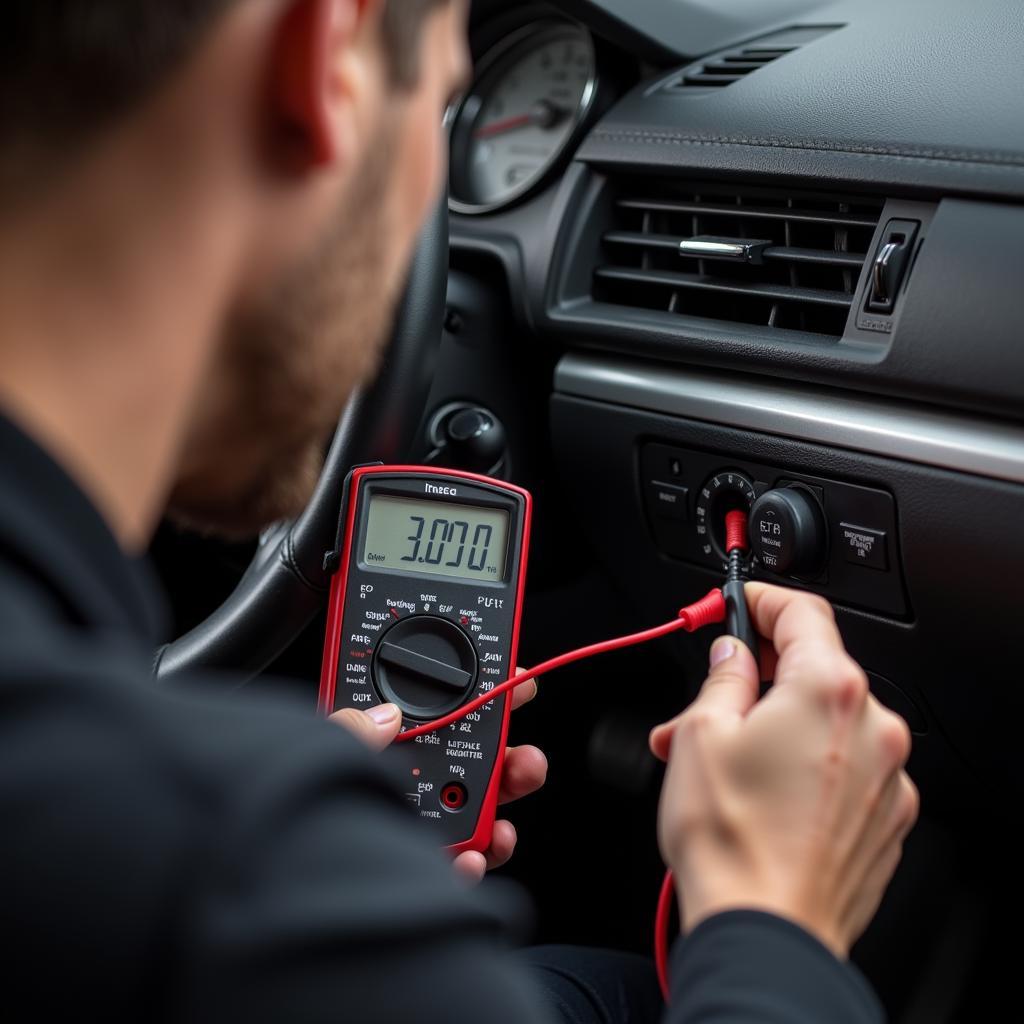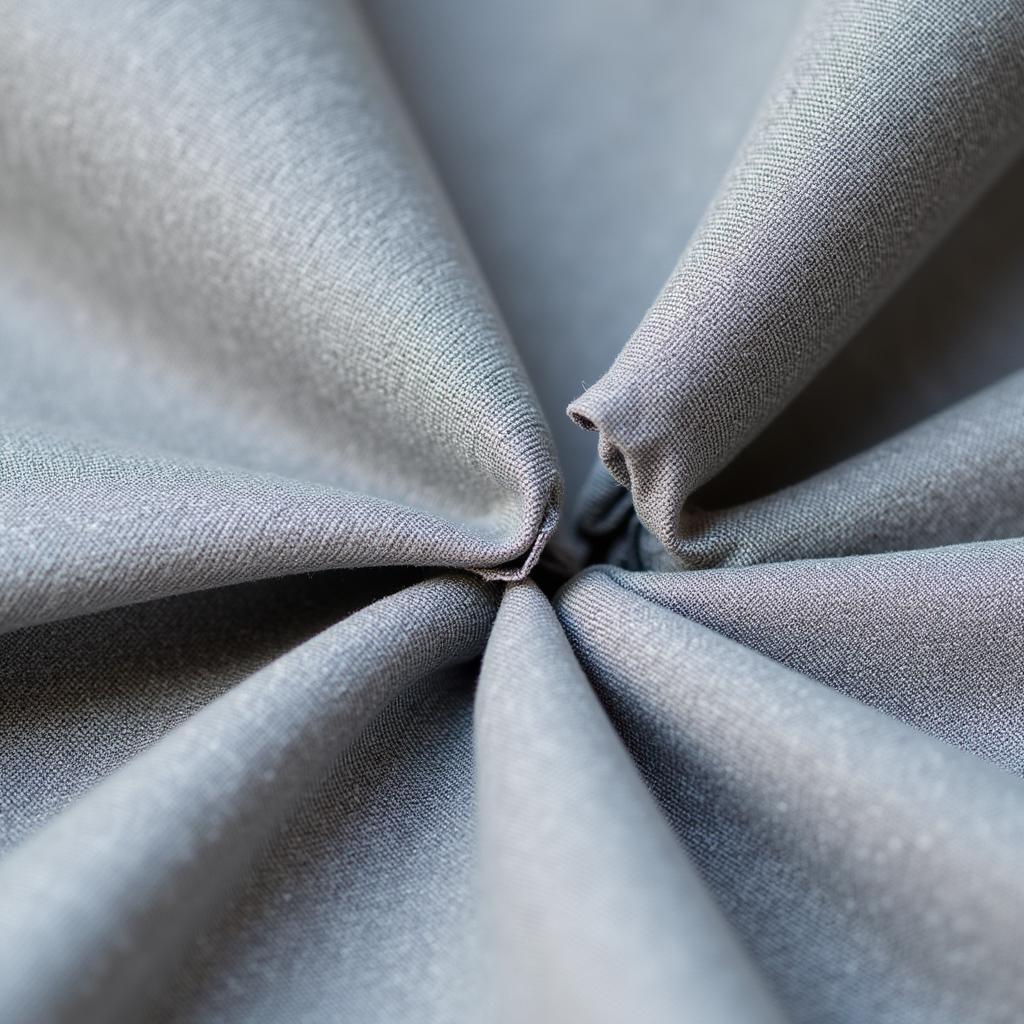Fixing a small chip on your car is essential to prevent rust and further damage. This guide provides detailed instructions and expert advice on how to address minor paint chips effectively.
Do you have a small, annoying chip in your car’s paint? It’s more than just an eyesore; it’s an open invitation for rust and corrosion to take hold. Luckily, fixing a small chip on your car is often a DIY project that can save you money and preserve your car’s finish. how to fix small paint chip on car This comprehensive guide walks you through everything you need to know, from assessing the damage to applying the final touches.
Assessing the Damage: How Deep is the Chip?
Before you start, determine the severity of the chip. Is it a surface scratch, or has it penetrated to the primer or bare metal? This will determine the necessary repair steps. A superficial scratch might just need a good polishing, while a deeper chip requires touch-up paint and possibly a clear coat.
Gathering Your Supplies: What You’ll Need to Fix Small Chip on Car
Having the right tools is crucial for a successful repair. You’ll need touch-up paint (matched to your car’s color), rubbing compound, polishing compound, wax, masking tape, fine-grit sandpaper (if necessary), a soft cloth, and an applicator. You can find touch-up paint at most auto parts stores or order it online. fix small chip on car cost Make sure to clean the chipped area thoroughly with soap and water before starting.
How to Fix Small Chip on Car: A Step-by-Step Guide
- Clean the area: Thoroughly clean the chipped area with soap and water, then dry it completely. This removes any dirt or debris that could interfere with the repair.
- Mask the area: Use masking tape to protect the surrounding paint from accidental scratches or overspray.
- Sand if necessary: If the chip is deep and has exposed the metal, lightly sand the area with fine-grit sandpaper to smooth any rough edges. Be careful not to sand too much.
- Apply touch-up paint: Using the applicator provided with the touch-up paint, carefully apply a thin layer of paint to the chip. Let it dry completely.
- Apply additional coats: If necessary, apply additional thin coats of paint, allowing each coat to dry before applying the next.
- Level the surface: Once the paint is dry, use rubbing compound to carefully level the repaired area with the surrounding paint. Follow this with polishing compound to restore the shine.
- Wax and protect: Finally, apply a coat of wax to the repaired area to protect it and blend it in with the rest of the car’s finish.
Preventing Future Chips: Protecting Your Car’s Paint
Protecting your car’s paint from chips requires diligence. Regularly waxing your car provides a protective layer. Avoid driving too close to other vehicles, especially on gravel roads, and be mindful of parking near bushes or other objects that could scratch your car. fix small chip paint rust car Quick action on small chips prevents rust and keeps your car looking its best.
“Preventing chips is always better than fixing them. A good wax job is like armor for your car’s paint,” says John Smith, Automotive Detailing Expert.
Can you fix small paint chips on car yourself?
Yes, most small paint chips are fixable with a DIY approach.
How much does it cost to fix small paint chips on car?
The cost can vary, but DIY repairs can be very affordable, often under $50. can you fix small paint chips on car Professional repairs can cost significantly more depending on the extent of the damage. how much to fix small paint chip on car
“Don’t let a small chip become a big problem. Addressing it quickly can save you money and headaches down the road,” advises Maria Garcia, Certified Automotive Technician.
Conclusion
Fixing a small chip on your car is a manageable task that can save you time and money. By following these steps and addressing the chip promptly, you can prevent further damage and maintain your car’s appearance. For further assistance, feel free to contact AutoTipPro at +1 (641) 206-8880 or visit our office at 500 N St Mary’s St, San Antonio, TX 78205, United States. We’re always here to help!






Leave a Reply